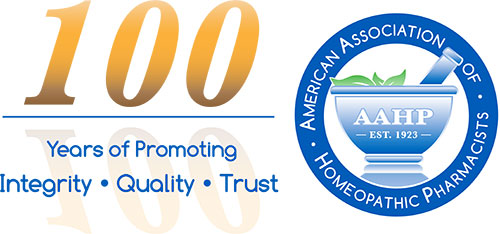Developing Key Messages

By Alissa Gould, public relations manager, Boiron USA
May 1, 2017
Last month (April 2017), I shared an article on being prepared and asking the right questions for media interviews or other situations. This article builds on reviewing communications basics by discussing message development. Whether you are meeting a retailer or health care professional, talking to regulators, giving a presentation or answering media questions, it’s best to be prepared with a mental road map to drive the conversation where you want it to go. As with last month’s article, we encourage you to pass along these tips to others in your company.
What Does Your Message Mean to the Audience?
Remember, it’s not about you. It’s about your audience and what they care about. Consumers and regulators alike are interested in safety. Retailers are interested in consumer satisfaction and repeat sales. Reporters competing for the attention of an audience might be interested in controversy or even sensationalized headlines.
It doesn’t matter if a reporter likes and personally uses homeopathic medicines or if he questions the efficacy of homeopathic medicines. Homeopathic medicines are controversial and that makes our industry’s products a great story to attract readers and viewers. Understanding this will help you stick to key big-picture messages and resist statements that could be taken out of context to sensationalize a story. You might be tempted to delve into details to thoroughly educate the reporter. Resist! You are not training someone to diagnose like a trained homeopath; or to take the medicine like a patient; or to produce a tincture like a manufacturer. Stick to your messages.
Message Road Map
It’s easier to get where you need to be if you know where you are going. Prepare by jotting down three main points you want to convey during a media interview, regulatory meeting, or retailer presentation. However, frame this message so that the points are relevant to the audience.
For example, media writers with a consumer audience, as well as regulators representing the public, might both be interested in safety, efficacy and scope of use. Under each of the three main points to convey, list examples, statistics, etc. to support the main point in a way that speaks to your audience.
- Homeopathic medicines are safe:
–The number of exposures to homeopathic medicines reported to the American Association of Poison Control Centers in any given year is less than 1 percent of all pharmaceutical exposures reports of the organization, which is proportionally below the rate of the market share for homeopathic medicines. Exposure reports to homeopathic medicines rarely result in adverse events.–This class of drug has a long safety record.
–Today’s patients are looking for safer options with less risk; this is especially important to parents as well as the large aging population who have to be careful of drug interactions when treating minor conditions.
- Homeopathic medicines are effective:
(Build credibility through a timeline, company actions, third party testimonials, etc.)–It has successfully been used for more than 200 years.
–Hundreds of millions of people rely on homeopathy; Hundreds of thousands of health care practitioners recommend homeopathy; and it’s used in approximately one third of the world’s countries.
–Use in the U.S. has increased primarily because of recommendations from friends and family rather than advertising. This illustrates strong consumer satisfaction.
- Homeopathic medicines address many everyday symptoms:
(Instead of defining homeopathy, offer perspective to your audience’s life.)–Homeopathic medicines treat everyday conditions like muscle pain, cough, cold, flu, etc.
–Homeopathy fits into today’s healthy lifestyle; it offers another choice to people who want to be in more involved in their health and are concerned about what they are putting in their body.
–Now, because of the growing demand, people can easily use these products to take quick action against early symptoms.
–Homeopathic medicines can sometimes provide an option in conditions with contraindications (e.g., decongestants in cold and allergy relief for those with high blood pressure, glaucoma or prostate issues).
A talented communicator will continually draw upon the supporting bullet points to bring the conversation back to the three key messages: Homeopathic medicines are an important option to treat everyday common conditions. They are safe and effective medicines that can complement conventional therapies.
Part III of this series will review presentation basics to deliver your message. This would include how to steer the conversation back to your key messages when the line of questions has strayed off the road.
